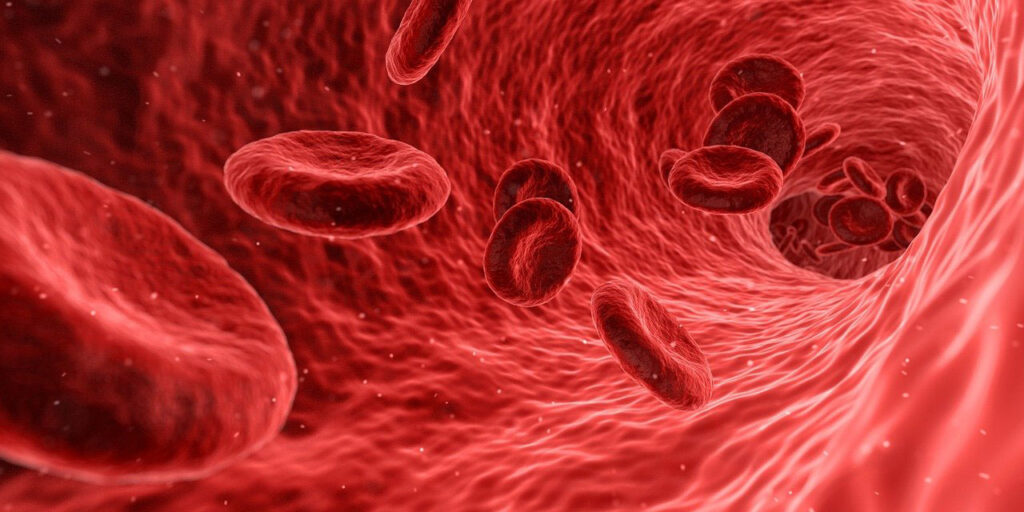What Are the Uses of Gene Editing?
The development of genome editing technologies has opened the possibility of targeting and altering the gene sequence of almost all eukaryotic cells. The application of gene editing can be used in various disciplines. Current legislation deems it illegal to edit a genome beyond the 14 days of a developmental embryo.
Gene Editing for Disease Treatment and Gene Therapy:
To treat life-threatening diseases such as AIDS and leukemia, we use this technology to modify human blood cells and then place them back in the body. Other genetic disorders like hemophilia and CVD can be treated.
Targeted Gene Modification in Plants and Animals:
CRISPR can be applied directly in fertilized oocytes using enzymes. In the past, it was restricted to animals, but now can be performed parallel to humans. In crop species, gene editing can be used for trait stacking during breeding processes like in Zee Mays. It is often used to make healthier food such as golden rice, which contains high beta carotene. A company in Argentina is now using CRISPR-Cas9 to edit the genome in racehorses to make muscles firm and allow horses to become faster and stronger jumpers.

Gene Editing in Research:
Gene editing can be used to replace the defective gene with a normal allele. However, it was first researched in leukemia cells. CRISPR has been used in extensive research to correct a genetic mutation in genetically transferred diseases like Down Syndrome and Spina Bifida.
CRISPR-Cas9 is also used widely in research for eradicating vector-borne diseases like Malaria.
Gene Editing and Biotechnology:
Technology is being widely used in the agriculture sector to improve the yield and variety of crops. Disease and drought-resistant varieties of many crops have been developed. Gene editing is the method of selective breeding to grow their own food.
Gene Editing in Meat:
Genetically edited meat has been created from pigs, goats, and cattle species to produce the male cell with higher meat quality traits. We can enhance the genetics of livestock to improve the food for consumption. For instance, gene-edited salmon has been developed in Canada and intriguing scientists all over the world wanting to better understand the concept.

Modification in Physical Traits:
Changes in the DNA of reproductive cells like ova and sperm are passed from generation to generation. Changes in physical traits like eye and hair colors are possible because of advancements in genetics.
Gene Editing in Husbandry Practices:
Reproductive technology combined with genome editing is used for studying the disease model in animals. It could be used accurately in animals to introduce useful alleles like heat tolerance disease resistance into local castles. Furthermore, it improves farm animals’ reproduction and production. CRISPR-Cas9 has modernized the generation of transgenic animals.
Genome Editing and Ethical View:
Most of the ethical discussions related to genetic editing in human beings’ germline because the changes are passed out to the next pedigree. Researchers and bioethicists generally consider that we don’t have enough gene editing until now. Thus, scientists continue to pay attention to studies and research to ensure gene therapy is safe and effective.
References
Gaj, Thomas, et al. “Genome-Editing Technologies: Principles and Applications.” Cold Spring Harbor Perspectives in Biology, Cold Spring Harbor Laboratory Press, 1 Dec. 2016, www.ncbi.nlm.nih.gov/pmc/articles/PMC5131771/.
Kamburova, Venera S., et al. “Genome Editing in Plants: An Overview of Tools and Applications.” International Journal of Agronomy, Hindawi, 3 July 2017, www.hindawi.com/journals/ija/2017/7315351/.
Li, Hongyi, et al. “Applications of Genome Editing Technology in the Targeted Therapy of Human Diseases: Mechanisms, Advances and Prospects.” Nature News, Nature Publishing Group, 3 Jan. 2020, www.nature.com/articles/s41392-019-0089-y.
